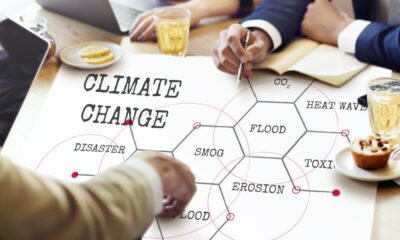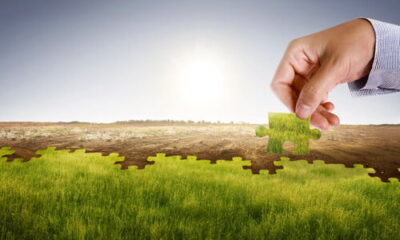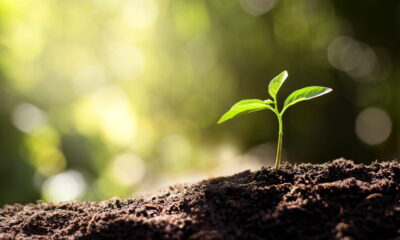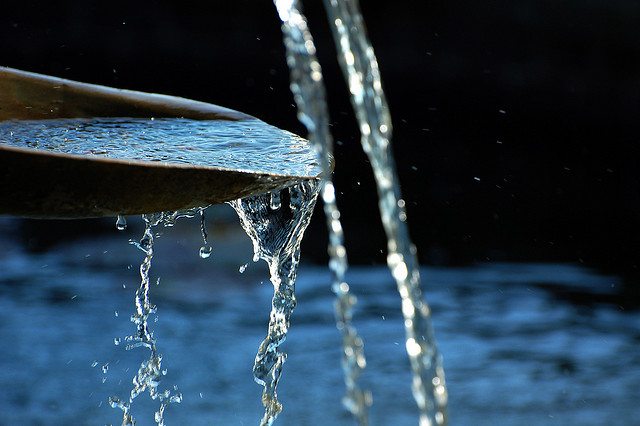
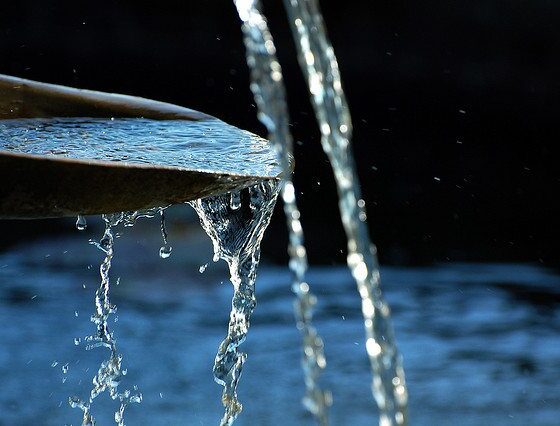
Economy
Report: single smartphone requires 13 tonnes of water to produce
A new report has revealed the amount of resources, including water and land use, that is required to make the everyday products we often take for granted.
The report was commissioned by environmental group Friends of the Earth and aims to explore the environmental footprint of everyday products, measured in land and water use across the product’s supply chain. It argues that understanding the amount of resources used is crucial to better managing challenges in the future.
The report argues, “Growing global demand for consumer goods is putting key resources – and our economy – under increasing pressure, yet all too often companies are not fully aware of the true extent of their natural resource demands.”
Seven items are assessed in the report – a cotton t-shirt, a smartphone, a cup of tea, a cup of coffee, a chicken curry ready meal, a pair of leather boots and a chocolate bar.
The analysis found that a single smartphone requires 18m2 of land and almost 13 tonnes of water. Around a billion smartphones were sold worldwide in 2013, representing a significant amount of water use.
The report also highlights how companies can be more efficient, for example a pair of leather boots requires 50m2 of land and 25,000 litres of water. However, by using a waste treatment plant the amount of water required could be reduced to 14,500 litres.
Further exacerbating the impacts of resource management is the fact that many raw products and everyday items are from areas where resources are already under pressure.
The report notes that while companies are starting to make progress on footprint reporting, particularly on greenhouse gas emission, few are considering their water and land use. It recommends making it easier for companies to obtain information from their supply chains, and a result providing a more coherent picture of their impacts and potential benefits for consumers and investors.
Friends of the Earth also add, “[We] believe there is a limit to what can be achieved through voluntary action, we have been calling for stronger legislation to require large companies to report on the social and environmental impacts of the products they sell, including though the supply chain. Footprints are a valuable tool in delivering this.”
Photo: Luke Adderson
Further reading:
THE HIDDEN WATER IN EVERYDAY PRODUCTS
Jeremy Grantham on investing, resource scarcity and climate change
Fracking: 38% of shale gas resources at risk from water shortages
Study: majority of fossil fuel reserves must remain unburnt
Half of world could face extreme water scarcity by 2095
IPCC warns that more needs to be done to address water scarcity


 Environment9 months ago
Environment9 months agoAre Polymer Banknotes: an Eco-Friendly Trend or a Groundswell?

 Environment11 months ago
Environment11 months agoEco-Friendly Home Improvements: Top 7 Upgrades for 2025

 Features8 months ago
Features8 months agoEco-Friendly Cryptocurrencies: Sustainable Investment Choices

 Features10 months ago
Features10 months agoEco-Friendly Crypto Traders Must Find the Right Exchange





